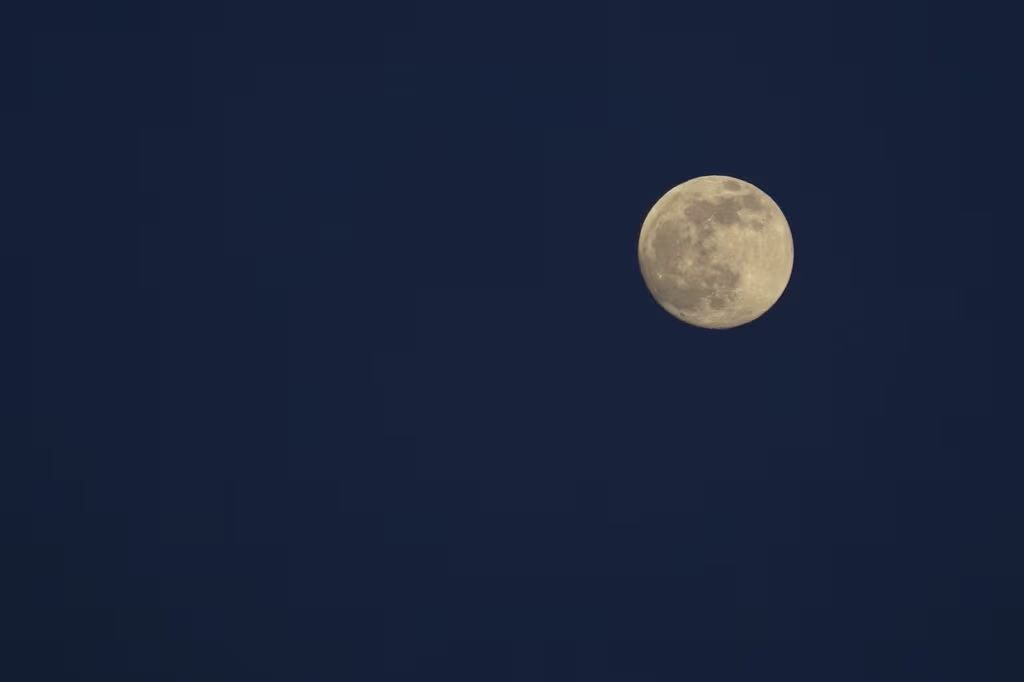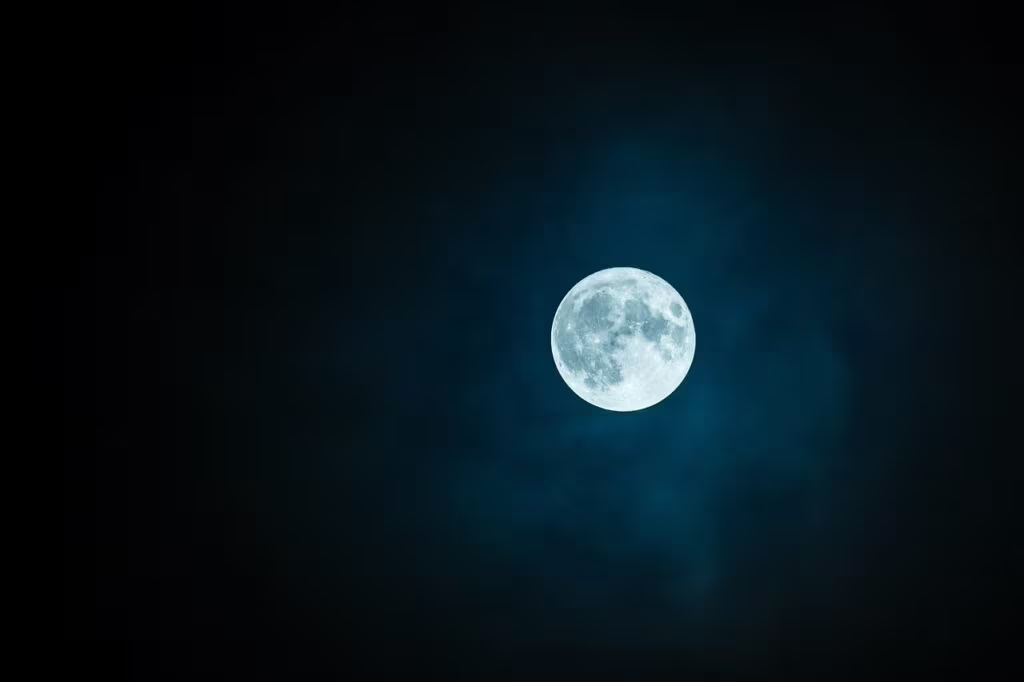November 2025: The Biggest Supermoon Since 2019
The astronomical calendar for 2025 culminates in a spectacular celestial event this November, as the year’s final major lunar display arrives. The Full Beaver Moon will reach peak illumination on Wednesday, November 5, 2025. However, this particular full moon is far more significant than a typical monthly occurrence: it is a designated Supermoon, and specifically, the closest and largest full moon visible since the major alignment of 2019.
While the Moon technically reaches 100% illumination on November 5th, the absolute best time for North American observers to witness its impressive size will be during dusk on Thursday, November 6th, when the Moon rises near the horizon.

Understanding the November Supermoon Phenomenon
To qualify as a Supermoon, a full moon must occur when the Moon is near its closest point to Earth in its elliptical orbit, a position known as perigee. The November 2025 Full Moon aligns almost perfectly with perigee, maximizing its apparent size and brightness compared to an average full moon.
What Makes This Moon the “Biggest Since 2019”?
The Moon’s orbit is not a perfect circle, meaning the distance between the Earth and the Moon constantly changes. The November 2025 perigee brings the Moon exceptionally close, resulting in a rare and visually striking event.
- Supermoon Definition: A Supermoon is technically defined as a full moon occurring within 90% of its closest approach to Earth (perigee). This close alignment is scientifically termed a perigee-syzygy.
- Visual Impact: When compared to a micromoon (a full moon near its farthest point, or apogee), a Supermoon can appear up to 14% larger and 30% brighter.
- Historical Context: The significance of this event lies in its extreme proximity. While Supermoons occur several times a year, the distance varies. The November 2025 event represents the closest alignment in six years, offering a truly exceptional viewing opportunity for observers worldwide.
This close alignment maximizes the Moon’s apparent size, making it a prime target for photographers and casual stargazers alike.
When and How to View the Supermoon
While the moment of astronomical fullness occurs on November 5th, the optimal viewing experience for the general public, particularly in North America, shifts to the following evening.
The Best Time for Observation
The most dramatic viewing occurs when the Moon is low on the horizon, shortly after sunset. This timing maximizes the effect of the Moon Illusion, a psychological phenomenon that causes the Moon to appear dramatically larger when viewed next to terrestrial objects like trees or buildings.
| Event | Date | Time (General North America) | Viewing Tip |
|---|---|---|---|
| Astronomical Fullness | Wednesday, November 5 | Midday/Afternoon (Varies) | Moon is high, but not visually dramatic. |
| Optimal Viewing | Thursday, November 6 | Dusk/Moonrise | Look East shortly after sunset for maximum size effect. |
| Perigee (Closest Approach) | Varies slightly | Varies slightly | The proximity is what drives the ‘Supermoon’ status. |
Expert Tip: Focus your viewing efforts on the moonrise on the evening of November 6th. Check local astronomical charts for the precise moonrise time in your city, but generally, looking eastward just as the sky darkens will yield the best results.
Practical Viewing Advice
Specialized equipment is not required to appreciate the Supermoon, but a few tools can significantly enhance the experience:
- Naked Eye: The sheer size difference will be noticeable, especially when the Moon is low on the horizon, thanks to the Moon Illusion.
- Binoculars: A standard pair of 7×50 or 10×50 binoculars will reveal incredible detail on the lunar surface, including craters and maria (dark plains), making the Supermoon experience even more immersive.
- Location: Find a spot with a clear, unobstructed view of the eastern horizon. The brightness of the Supermoon means it can be enjoyed even in urban areas, though less light pollution always improves the view.

The Origin of the ‘Beaver Moon’ Name
Every full moon throughout the year carries a traditional name, often derived from Native American, Colonial American, or European folklore, reflecting the seasonal changes of the Northern Hemisphere.
The November full moon is traditionally known as the Beaver Moon. This name is attributed to two possible interpretations related to the preparation for winter:
- Trapping Season: It marked the time when trappers would set their beaver traps before the swamps and rivers froze over, ensuring a supply of warm furs for the harsh winter ahead.
- Beaver Activity: It refers to the time of year when beavers themselves are actively preparing their winter dens, building dams, and storing food supplies.
Other traditional names for the November full moon include the Frost Moon or the Freezing Moon, reflecting the typical onset of severe cold weather across the continent.
Why This Supermoon Matters to Earth
While Supermoons are visually stunning, they also have minor, measurable effects on Earth. The closer proximity of the Moon means its gravitational pull is slightly stronger.
Increased Tidal Range
The most notable physical effect of a Supermoon is the slight increase in tidal range. Full moons already cause spring tides (higher high tides and lower low tides) because the gravitational forces of the Sun and Moon align.
When a full moon coincides with perigee, the effect is amplified, resulting in perigean spring tides. These tides are typically only a few inches higher than normal spring tides, but the increase can exacerbate coastal flooding issues, especially if combined with strong onshore winds or storm surges. This gravitational influence is a key focus for coastal scientists and meteorologists during Supermoon events.

Key Takeaways for the November 2025 Supermoon
To ensure you don’t miss this spectacular celestial event—the largest full moon since 2019—keep these critical details in mind:
- The Event: The Full Beaver Supermoon.
- Peak Illumination: Wednesday, November 5, 2025 (Astronomical fullness).
- Best Viewing Window: Dusk on Thursday, November 6, 2025. Look East as the sun sets.
- Significance: It is the closest alignment of the Moon and Earth since 2019, making it appear up to 14% larger and 30% brighter than a typical full moon.
- Viewing Tip: The Moon Illusion makes the moonrise on the 6th the most visually impressive time to observe the event.
- Effect on Earth: Expect slightly higher than normal perigean spring tides along coastlines.
Conclusion
The November 2025 Supermoon offers a rare and accessible astronomical treat. For those seeking to connect with the cosmos, this event provides a perfect opportunity to step outside and appreciate the dynamic relationship between Earth and its closest celestial neighbor. By focusing on the moonrise on the evening of November 6th, observers can maximize the visual impact of this unusually large and brilliant full moon, fulfilling the intent of knowing exactly when and how to witness this spectacular sight.
Original author: Jamie Carter
Originally published: November 8, 2025
Editorial note: Our team reviewed and enhanced this coverage with AI-assisted tools and human editing to add helpful context while preserving verified facts and quotations from the original source.
We encourage you to consult the publisher above for the complete report and to reach out if you spot inaccuracies or compliance concerns.

